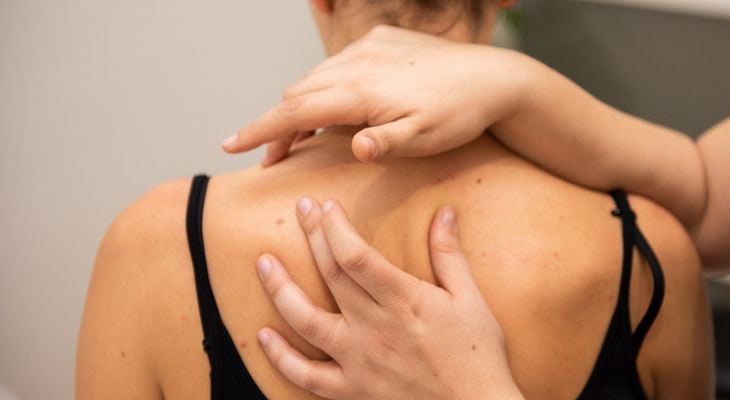
More than 1000 years old, the time tested practice of traditional Chinese medicine known as acupuncture has been shown effective in treating health issues like high blood pressure, heart conditions, chronic stress, menopause, nausea, several types of pain, and more.
According to traditional Chinese medicine, the body is comprised of a network of channels or meridians (jing luo) through which energy called qi (chi or ki) flows. Traditional Chinese medicine classifies all functions and parts of the body into five types of energy: heat, cold, dryness, humidity, and wind. Each type of energy has its own path, points of entrance, and points of release within the body. The body of a healthy person allows these energies to flow freely through a network of twelve main energy meridians within the body and numerous minor meridians as well. Both external and internal physical stresses cause these meridians to become blocked, resulting in an energy imbalance. When the body's energy cannot flow freely and loses equilibrium, illness occurs. Using heat, lasers, pressure, and/or needles in specific pressure point locations, acupuncturists stimulate and reset the balance of energy flowing through the body.
More than 350 pressure points are located along symmetrical meridians in the body. Each pressure point relates to its own specific ailments and muscle groups. When these pressure points become blocked, they impede the normal, balanced flow of energy through the body and cause illness and pain. Areas of tenderness, muscle tightness, or muscle weakness often denote blocked pressure points. By stimulating these pressure points, an acupuncturist can remove the blockage, once again allowing energy to flow freely throughout the body.
Focusing on freeing specific pressure points, acupuncturists can successfully care for a range of medical conditions and illnesses. Using only ten primary pressure points in the body, acupuncturists can address specific conditions such as migraines, back pain, arthritis, fever, nose bleed, asthma, breathlessness, insomnia, hypertension, stress, high blood pressure, diabetes, and constipation. With more generalized stimulation of blocked pressure points, acupuncture can also be used to maintain overall wellness with a regular schedule of treatments.
Pressure Points and Modern Medicine
Modern medicine describes the body's pressure points and meridians as pain gates within the nervous system. Responsible for delivering messages between the brain and the rest of the body, the nervous system tells the brain when the body is in pain. By applying a stimulus to corresponding pressure points, the brain receives a new, competing signal, rather than experiencing pain. Modern medicine identifies the same pain gates or pressure points as traditional Chinese medicine, and has proven this pain treatment effective. Contact your acupuncturist today to schedule an appointment.
Sources:
Natural News (2013). New Research: Acupressure and Yoga Help Serious Heart Problems.
Mercola (2013). Needle This: Study Hints at How Acupuncture Works to Relieve Chronic Stress.
Acupuncture Cam Therapy Institute (2014). Acupressure.

